For the last five years of his life he returned to live in Worcester.
Worcester Cathedral:
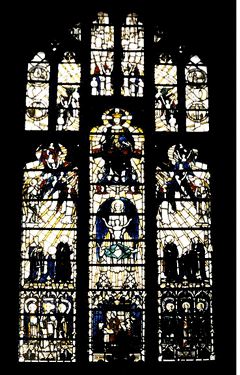
The Cathedral at Worcester stands in the heart of the city on the bank of the River Severn. Although he was born and remained a Catholic, the Anglican Cathedral played a large part in both his musical upbringing and also as a venue for the performance of many of his finest works.
Elgar is quoted as saying: "I drew my first ideas of music from the Cathedral; from books borrowed from the music library when I was eight, nine or ten. They were barbarously printed in eight different clefs, all of which I learnt before I was 12."
The Catholic Church at Worcester is about half a mile from the Cathedral and, because the timings of the Sunday Services were slightly at variance he was able to leave the Catholic Church and run the length of the High Street and be in time to hear the ending of the Anglican service.
Situated only a stone's throw from the Elgar Music Shop in the High Street he was, in later life, to hear almost all his works performed in the Cathedral - often with himself as conductor.
In later life he was to write to a friend: 'Yesterday I went to Worcester and had the joy of sitting in the old library of the Cathedral amongst the manuscripts I have often told you of - the view down the river across to the hills just as the monks saw it and as I have seen it for so many years - it seems so curious to feel that I played among the tombs and in the cloisters when I could scarcely walk, and now the Dean and canons are so polite and show me everything new, alterations, discoveries etc. It is a sweet old place, especially, to me, the library into which so few go.'
The year following Elgar's death, the Elgar Memorial Window was unveiled at the Cathedral which shows a scene from Elgar's work "The Dream of Gerontius". This is unusual in that the Memorial to a Catholic Composer, featuring a work whose text is by a Catholic Cardinal, is to be found in an Anglican Cathedral.
The Elgar Statue - High Street
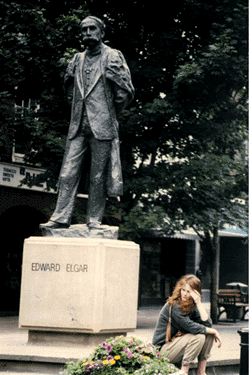
A young visitor rests beneath the watchful gaze of Elgar's Memorial Statue.
The statue, which is situated in Worcester High Street, looks out towards the Cathedral. The statue was unveiled in 1981 by the Prince of Wales on the composer's birthday - 2nd June.
Just behind the statue's left shoulder is the former site of Number 10, High Street, where the Elgar Brothers Music Shop once stood. This was owned by Elgar's father and uncle and was where Elgar lived as a child.
Elgar was almost completely self-taught in the subject of music and the availability of the music manuscripts and instruments to which he had access in the family business was invaluable to him. Nevertheless, the fact that he had an upbringing in 'trade' combined with the strict Victorian and Edwardian class system proved to be a source of permanent embarassment to him in later life!
A plaque on the wall of Russell and Dorrell's Department Store marks the original site of the Elgar Brothers' music shop.
Worcester City Guildhall
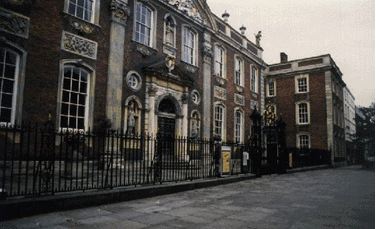
A short distance along the High Street from the Cathedral is the Worcester City Guildhall.
The present-day building, which was built between 1721 and 1724, occupies the same site as an earlier building. The cost of the Guildhall was £3,727, of which £800 was provided by the Corporation and the balance raised by subscription.
Over the years the building, or parts of it, have been used as a coffee shop, an Assize Court, Judges lodgings, and as shops in general.
Major restorations during the 1870's have left the Guildhall pretty much as we see it today.
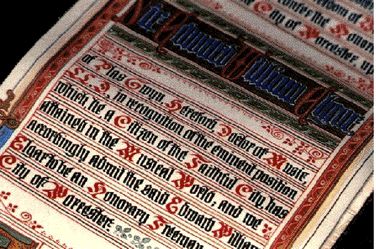
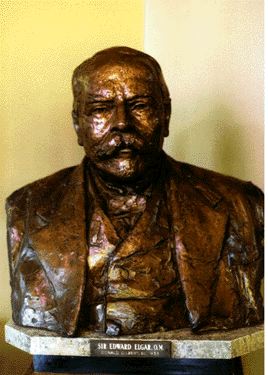
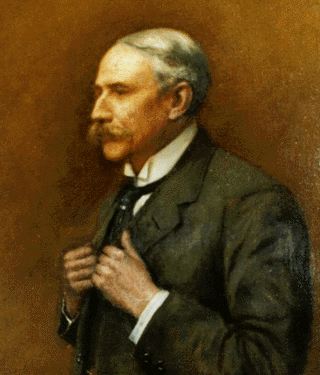
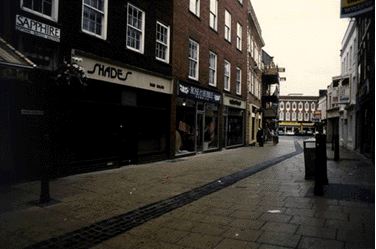
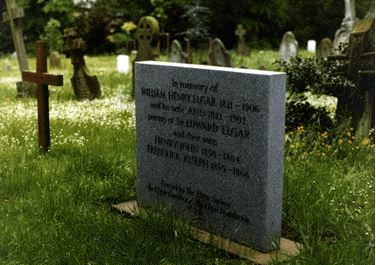
 Return to the
Return to the